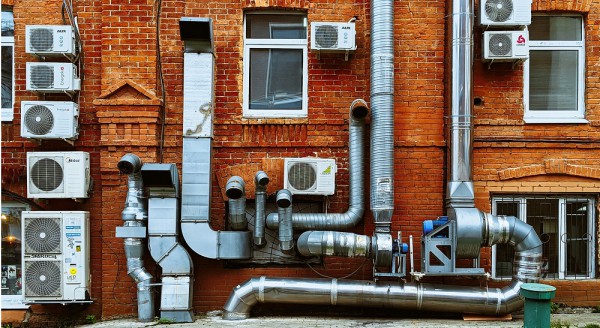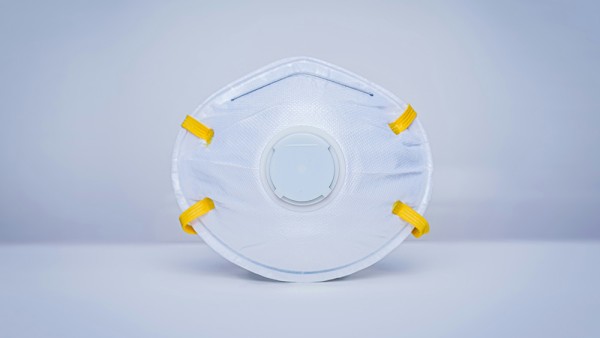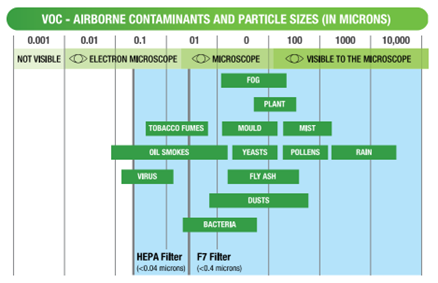What Filter Should I Pick for my Home Ventilation System?

Better isn’t always better…
The filter in your ventilation system is an essential component for keeping your home comfortable to live in. The filter cleans incoming air to ensure a healthy living environment and protects the delicate inner parts of the system. It’s an important component with several different options, so which is the best, why would you pick an F7 filter vs HEPA filter?
Shouldn’t you just pick the one that filters out the most particles? Unfortunately, it isn’t that simple. There are three main factors to consider when choosing a home ventilation system filter:
- Airflow
- Filtration
- Cost

Airflow.
A higher efficiency filter doesn’t always mean the best outcome. A fine filter will ensure your air will be clean, but you might not get much air through it.
A filter adds resistance to your ventilation system, which for any electricians out there, works exactly like adding a resistor to a circuit. If that doesn’t make sense, our marketing department understood it when we explained it using flour:
Dropping flour straight into a bowl is easy, which is just like a fan blowing air through ducting with no filter.
Now imagine dropping the flour through a colander first. It’s slower than just going straight into the bowl, but it successfully stops the bigger chunks from passing through while still allowing the smaller flour particles to pass. This is like a ventilation system with a regular filter.
A high efficiency filter is like using a sieve. It stops all but the finest flour particles falling through, so you can make light and fluffy cupcakes or breathe in very clean air. Often you need to tap the sieve to make the flour go through though, and in a ventilation system this is like the fan running. The finer the filter or sieve, the more effort is required to get particles to pass through it.
Sometimes a sieve is perfect for when you want the lightest and fluffiest baking possible, but sometimes, like when you are making a cheese sauce, it’s totally unnecessary and just inconvenient. Filters work in a similar way.
If your system is not properly designed for the quality of filter it can negatively affect the airflow of your system, as it requires more effort for the fan to push the air through. It can also impact the health of the fan itself, leading to a shorter than expected life. This is one of the reasons that our warranties require you to use legitimate SmartVent filters.
It might sound like we are saying ‘don’t use fine filters’ but that isn’t what we mean. Selecting a system and filter should be based on your own individual filtration levels and airflow rates, as this is the only way to get the best outcome for your ventilation filter.

Properly filtered ventilation systems are like a medical facemask for your home
Effectiveness.
Some filters are better at cleaning smaller particles than others. Some are just different.
On one end: Some SmartVent systems come standard with a G3 filter. This is a coarser filter, which will clean your air, but is primarily designed to protect the system and its internal components. It’s perfectly suitable if you’re sourcing air straight from outside (like with a heat recovery system) and have no issues with the outdoor air quality.
In the middle: Most SmartVent systems feature F7 filters, which strike an excellent balance between filtration, cost, and airflow. These filters, as seen in the graphic below, are capable of filtering most indoor air contaminants from around your home. It’s a happy medium if you want to capture finer pollens and dust particles and is particularly recommended for attic space applications. Find out more about our F7 Filters here.
On the other end: HEPA filters are an optional upgrade, which are perfect if you need the best in filtration. These hospital grade filters can remove extremely small smoke particles and even some viruses from the air! Just make sure you need this level of filtration. Find out more about our HEPA filters here.
For a specific problem: Smell. Carbon filters are another optional upgrade and are ideal for locations with strong odours. Find out more about our carbon filters here.

Diagram explaining the sizes of airborne contaminants, and F7 filters vs HEPA filters.
As a general rule, here are our recommendations for where each filter should be used:
- Landlord, low maintenance, or not bothered? F7 or G3
- Want a good all-round solution or dealing with a roof space? F7
- Suffer from extreme asthma or allergies? HEPA
- Live in a region with strong odours or sensitive to smells? Carbon
If your needs are met but you live in an area with high levels of pollution you may also want to step up a grade. Generally speaking an F7 filter will cover most general needs, and HEPA and Carbon filters are ideal for specific scenarios.

Cost.
Unsurprisingly, a better filter costs more as it requires more expensive materials and processes to make. However, there are also two less obvious ways that filters can increase your costs:
Firstly, you might need a better fan. Because finer filters reduce airflow, sometimes a bigger, more powerful (and therefore expensive) fan is needed to achieve your required airflow levels.
Secondly, you might need to replace it more often. Finer filters tend to get filled faster and need to be replaced more often. This is simply because smaller holes are easier to clog, reducing the filters’ effective lifespan.
Often, particularly for HEPA and Carbon filters, this extra cost is well worth it for the increased comfort and indoor air quality, if you need it.
Still unsure?
Our general advice is to stick with your system’s default ventilation filter unless you: suffer from extreme asthma or allergies (HEPA) or live in a region with strong odours (Carbon). Our ventilation experts know what they are doing, and our systems are designed to be compatible with each SmartVent filter.
If you’d like more specific advice for your system, we recommend either getting in contact with us or booking a home assessment so you can get advice specific to your needs.